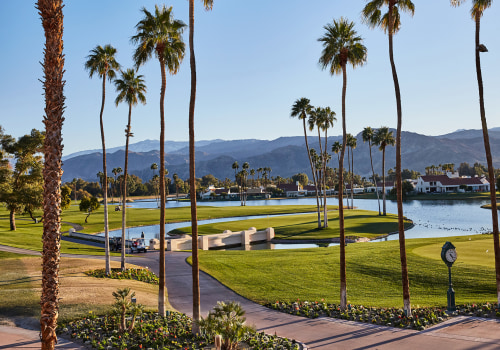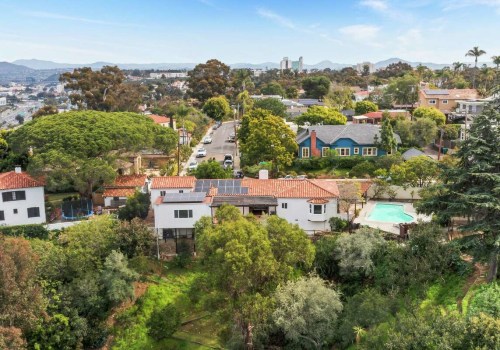In 1927, the subdividers of the Granada area, Edwards and Wildey Company, decided to launch a business district in the fall. The Granada building housed several businesses, including a cafeteria and market, but most had a short life span. This left an empty store that could be used as a community room. California Trust Co.
took over the Granada area and businesses, organizations, and companies began to turn the city into a thriving metropolis. A large pavilion was built east of the district headquarters and people could travel for free from Los Angeles by bus to see and learn about the great opportunities Granada offered. In 1931, residents considered changing the name to something other than Granada. Tilton was active in the Chamber of Commerce and other community organizations. He held the position of secretary of West Valley Associated Chambers of Commerce for 15 years and was president between 1946 and 1947. The Granada pavilion served as a meeting place for the Chamber of Commerce, Women's Club, and Granada Rabbit Association.
The latter was responsible for publicizing the Granada Rabbit, which was soon recognized for its excellent meat. The Granada Chamber of Commerce joined West Valley Associated Chambers of Commerce shortly after its organization. The pavilion was torn down when California Trust Co. took over and orange trees were replaced. In 1999, voters approved the neighborhood council system as part of Los Angeles city statutes reform.
Granada was promoted as a rabbit breeding colony and most of the eighty houses built for its first inhabitants in 1927 had barns suitable for rabbit breeding. From the beginning, residents were interested in civic affairs and played a decisive role in achieving many of the first improvements, such as creating a public library and school. This led to the rise of the Granada Hills Neighborhood Organization (GHNO), which has been instrumental in promoting civic engagement in the area. The GHNO is dedicated to preserving and enhancing the quality of life in Granada Hills by providing services that promote safety, health, education, recreation, economic development, and environmental protection. The organization works with local businesses to create jobs and promote economic development in the area. It also works with local schools to provide educational opportunities for students. The GHNO also works with local government agencies to ensure that public services are provided in an efficient manner.
It also works with local law enforcement agencies to ensure that public safety is maintained in the area. Finally, it works with local environmental organizations to ensure that natural resources are protected. The GHNO has been instrumental in promoting civic engagement in Granada Hills since its inception. It has worked hard to ensure that residents have access to quality services and resources that will help them lead better lives. The organization has also been successful in promoting economic development in the area by working with local businesses to create jobs. The GHNO is an example of how civic engagement can lead to positive change in a community.
By working together with local businesses, schools, government agencies, law enforcement agencies, and environmental organizations, it has been able to create a better quality of life for its residents.







